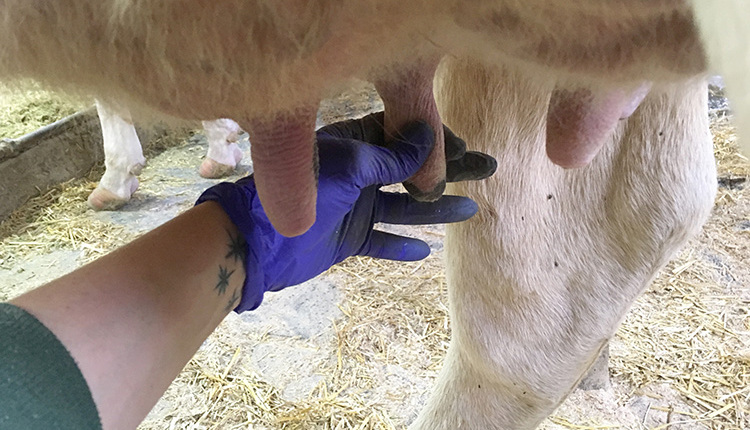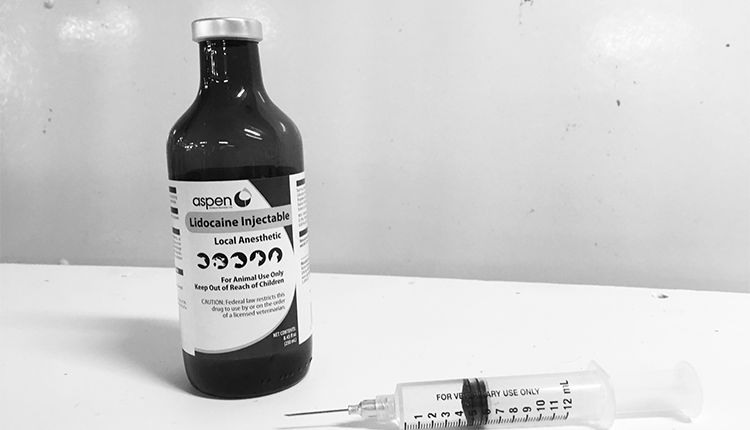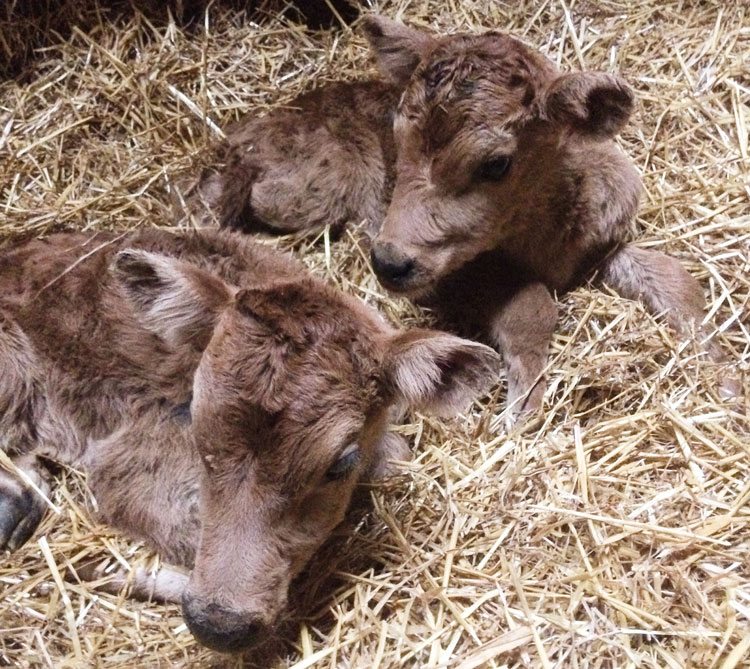
My kids went back to school today after their Christmas vacation, but our other Christmas break is still going.
Our other Christmas break is a six-week break from calving that usually lasts from mid-December until the end of January. This year, our last calves — a set of Jersey twins — were born on December 4. Since we knew that our calving break would start a little earlier this year, it will end a little earlier, too. Our first cows are due to calve in mid-January.
This is the eighth year that we have taken a calving break and we continue to appreciate the benefits.
Our calving break makes it easier for us to enjoy the holidays and do some traveling. My family lives almost three hours away, so celebrating Christmas with them includes spending a couple nights up north. My husband’s family often celebrates Christmas with an overnight stay at a local camp. No new calves means less work for our relief milker while we’re away. It gives us peace of mind, too.
The other benefit of this calving break — and the reason we started — is that we avoid calving during the coldest part of the Minnesota winter. We don’t have an indoor calving facility, nor do we have a workforce that can watch close-up cows 24 hours a day, seven days a week.
Six weeks with no cows due to calve means 42 nights that we can stay in bed, snuggled under the covers, instead of trekking out into the cold to check on those close-up cows. And it means fewer newborn calves are exposed to frigid temperatures, which is ultimately better for them.
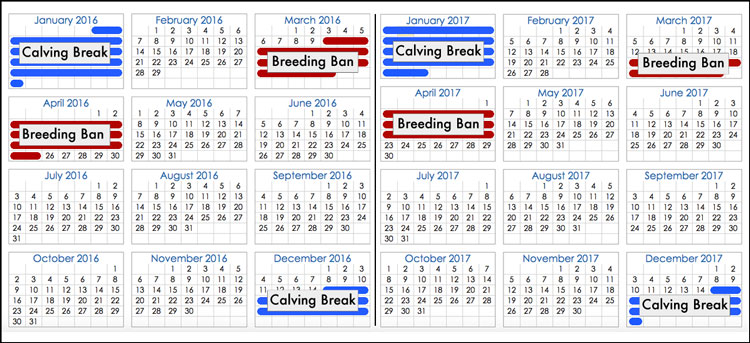
Our calving break is very easy to schedule — we simply don’t breed any cows from March 10 to April 25. However, it can be very challenging to adhere to the breeding ban when an eligible cow comes into heat during that time. We often joke about padlocking or hiding the nitrogen tank during those six weeks — there was even an undisclosed breeding date once.
Our cows are bred on standing heat — we don’t do any timed A.I. anymore — but we will set open cows up on a presynch program in the weeks before the breeding ban in an attempt to settle as many as possible.
We’ve learned to ignore the computed pregnancy rate in our herd management program for the six weeks of the breeding ban. At first, watching the numbers drop alarmed us. Now we know that our pregnancy rate will quickly return to normal and the break won’t affect our annual average of 25 percent.
The only side effect of our winter calving break is that we have a large group of eligible cows to breed after the breeding ban, which results in a large number of calves born in February and March.For us, the benefits of the calving break definitely outweigh the minor management challenges it creates.
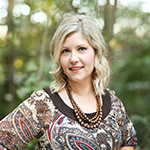
The author is a dairy farmer and writer from central Minnesota. She farms with her husband, Glen, and their three children. Sadie grew up on a dairy farm in northern Minnesota and graduated from the University of Minnesota with a degree in agricultural communications and marketing. She also blogs at Dairy Good Life.







